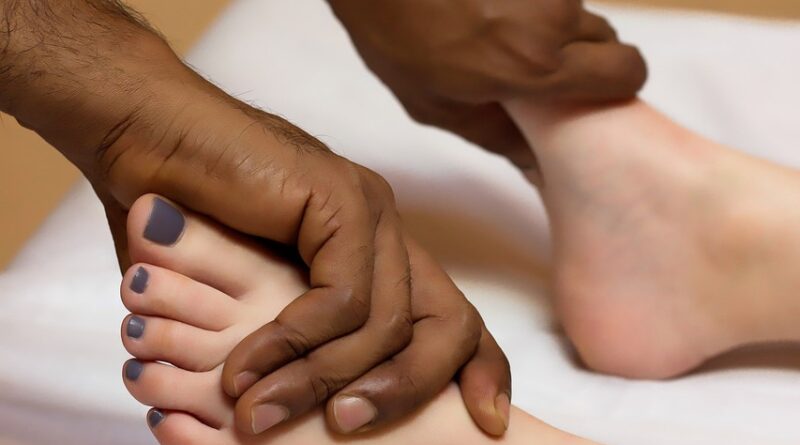Tips for Preventing and Treating Common Foot Problems
Tips for Preventing and Treating Common Foot Problems
Your feet are the foundation of your mobility, yet they are often neglected until pain or discomfort strikes. Common foot problems such as blisters, bunions, and plantar fasciitis can significantly impact your quality of life. This blog post will provide you with essential tips for preventing and treating these common foot issues, helping you maintain healthy and pain-free feet.
Understanding Common Foot Problems
Before diving into prevention and treatment strategies, it is important to understand the common foot problems that people face. According to the American Podiatric Medical Association (APMA), 75% of Americans will experience foot health problems of varying degrees of severity at some point in their lives.
Blisters
Blisters are fluid-filled sacs that form on the skin due to friction, burns, or other damage. They are common among athletes and individuals who wear ill-fitting shoes. Blisters can be painful and may lead to infections if not properly cared for.
Bunions
Bunions are bony bumps that form on the joint at the base of the big toe. They develop when the big toe pushes against the next toe, causing the joint to protrude. Bunions can be painful and may require surgical intervention in severe cases.
Plantar Fasciitis
Plantar fasciitis is the inflammation of the plantar fascia, a thick band of tissue that runs across the bottom of the foot and connects the heel bone to the toes. This condition causes severe heel pain, especially in the morning.
Preventing Common Foot Problems
Prevention is always better than cure. Here are some actionable tips to help you prevent common foot problems:
Wear Proper Footwear
Choosing the right footwear is crucial for foot health. Ensure that your shoes are well-fitting, provide adequate support, and are appropriate for the activity you are engaging in. For instance, wear running shoes for jogging and hiking boots for trekking.
Maintain Good Hygiene
Keep your feet clean and dry to prevent infections. Wash your feet daily with soap and water, and make sure to dry them thoroughly, especially between the toes. Use foot powder to keep your feet dry if you are prone to sweating.
Use Moisturizers
Dry and cracked skin can lead to foot problems. Apply a good quality moisturizer to your feet daily to keep the skin supple and prevent cracks.
Trim Your Toenails Properly
Cut your toenails straight across and avoid cutting them too short to prevent ingrown toenails. Use a nail file to smooth the edges.
Wear Socks
Wearing socks can reduce friction and absorb moisture, preventing blisters and infections. Choose socks made from breathable materials like cotton or moisture-wicking fabrics for better foot health.
Treating Common Foot Problems
If you already have foot problems, don’t worry. Here are some treatment strategies to help you manage and alleviate your foot issues:
Blister Care
To treat blisters, avoid popping them as this increases the risk of infection. Instead, cover the blister with a sterile bandage or blister pad to protect it. If the blister is painful, you can drain it using a sterilized needle, but ensure you clean the area thoroughly afterward.
Managing Bunions
For bunion relief, wear shoes with a wide toe box to reduce pressure on the bunion. You can also use bunion pads or cushions to protect the area. In severe cases, consult a podiatrist for surgical options.
Plantar Fasciitis Treatment
To alleviate plantar fasciitis pain, try stretching exercises for the foot and calf muscles. You can also use ice packs to reduce inflammation. Over-the-counter pain relievers and orthotic inserts may provide additional relief. If the pain persists, consult a healthcare professional for further treatment options.
When to See a Professional
While many foot problems can be managed at home, some conditions require professional medical attention. Here are some signs that you should consult a podiatrist:
- Severe or persistent pain
- Swelling that does not improve
- Signs of infection, such as redness, warmth, or pus
- Difficulty walking or bearing weight
- Deformities or structural changes in the foot
Conclusion
Maintaining foot health is essential for overall well-being and mobility. By understanding common foot problems and implementing preventive measures, you can reduce your risk of developing painful conditions. If you do experience foot issues, use the treatment strategies outlined in this post and seek professional help when necessary. Remember, healthy feet contribute to a healthy lifestyle.
For more foot care tips and advice, subscribe to our blog and stay updated with the latest information on foot health.

